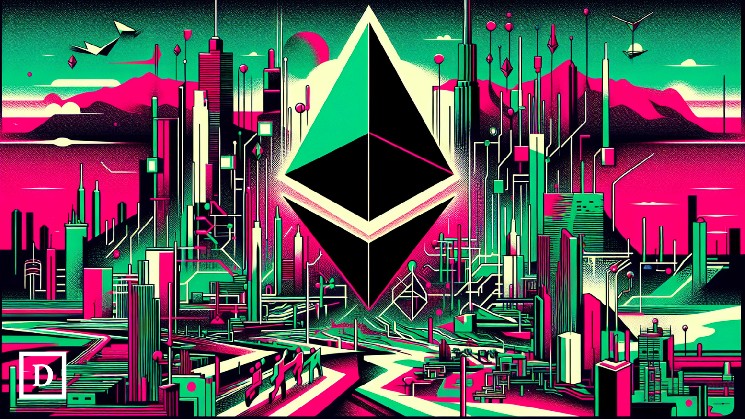While the Ethereum ecosystem continues to expand with multiple Layer 2 (L2) networks — designed to improve scalability and reduce fees — the data shows it may not always be financially viable for decentralized finance (DeFi) protocols to deploy iterations on all of these networks.
DefiLlama data shows that for protocols that have expanded the most across the Ethereum ecosystem, over 90% of fees or revenue still come from the mainnet, with L2s contributing only a small share.
Aave, the largest DeFi money market, generated over $65 million in fees in July 2025, converting roughly $9 million into revenue. But the vast majority of that came from the Ethereum Layer 1, which hosts nearly $29 billion in total value locked.
Aave Fees by Blockchain
Meanwhile, the combined TVL of a constellation of Layer 2 chains — Arbitrum, Avalanche, Base, Polygon, Optimism, Sonic, Scroll, Linea, Celo, and Soneium — pales in comparison, and so does their contribution to fee income.
For instance, Scroll generated only $46,366 for Aave in June, meaning less than $1,500 per day, while Gnosis fared slightly better with $93,241.
Curve Finance’s numbers tell a similar story. For the same period, fees hovered around $2 million, with about $1 million converting to revenue. Ethereum pools dominated that tally, leaving the smaller L2s with only a fraction of the pie. While a granular breakdown by chain is scarce, the available data paints a picture of modest returns for many of these newer deployments.
Saturation Point
Ignas, co-founder of DeFi creative studio Pink Brains, said in an X post on Aug. 1 that the industry might have hit “an L2 saturation point,” noting that Aave probably won’t move forward with a Bob BTC Layer 2 launch even though it passed a temp-check vote, since current deployments haven’t really paid off financially.
Some have already raised concerns that a few Layer 2s are barely pulling in $1,500 a day in fees, not nearly enough to justify all the work and resources involved. On Curve’s forum, a user under the alias “phil_00Llama” proposed stopping all new Layer 2 development, saying it takes a lot of developer time and resources but only brings in about $1,500 a day in fees, far too little to cover the high upkeep costs of these fast-changing chains.
However, the discussion on this proposal has been quiet, with few responses. Those who did reply expressed skepticism about halting L2 development entirely, suggesting that there may still be opportunities worth pursuing on these chains.
The real costs of running protocols on L2s aren’t always clear, making profitability hard to measure. For example, Aave’s expansion onto Scroll required committing $500,000 worth of AAVE tokens in the safety module, while its move onto Gnosis required up to $5 million in capital dedicated to supporting GHO liquidity. GHO is Aave’s native stablecoin with a market capitalization of roughly $300 million.
With fees already low — and revenues even lower — projects aiming to be everywhere on Ethereum may need to rethink their strategy, as some deployments may require more effort than they’re worth.

